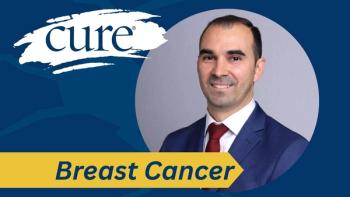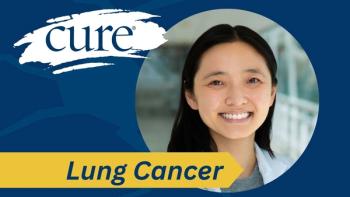
Transplant And Beyond
Now that the big day has arrived, what happens next? It may not be as exciting as advertised.
Day 0 - Transplant
This is a day of very mixed feelings. On the one hand, you’ve worked for months, or years, to get to this day. On the other, you realize that this is it. You are about to get someone else’s blood generation system, with a high likelihood this will cure your cancer. The time of day for the transplant depends on the hospital’s processes, as well as geography!
An auto transplant, from your own stored cells, is merely a matter of the stem cell lab’s daily schedule and the workload of the staff on the nursing floor. A family donor transplant is often done at the same facility you are in, so it depends on how long it takes the lab to obtain, validate and prepare the sample for you.
My donor was in Europe, so time zones played a big part. The donor went in during a normal business day, which is 5 to 8 hours ahead of Eastern U.S. time, where I was. The sample was taken, processed for transport, flown to the U.S., and received at my hospital. By the time it was ready for me, it was almost midnight. I was “pre-hydrated” (given lots of big bags of I.V. fluids); given some Tylenol and Benadryl, and then the anti-climax began.
After years of having bags of fluids pumped in, cancer patients aren’t all lit up about another one. In fact, after we made sure all was OK, I went to sleep. The little red bag on the pole is the donor sample, the rest are fluids and prep meds.
The “Quiet” Days
The days since, +1 through +8, have been spent watching my blood counts from my own marrow steadily dropping. White cells die off first, then red cells, then platelets. As my counts go down, my whole physical situation does also. I have less energy, less appetite, I had quite a problem with nausea from the chemo I’d received the week before, and the G.I. tract, which had a bunch of very critical little bacteria killed off, starts not working very well. This period, from Day 0 to about Day +14 (your mileage may vary!) is just sort of hanging in there, trying to eat a bit, managing symptoms, avoiding infections. If things are a little slow, and your own cells die off faster than your new ones pick up, you get a transfusion of whole blood or platelets to tide you over.
I am including a pic of what I call my scoreboard. Every room has one, and is the focus for discussion between patients, nurses, and doctors. You can see counts gradually dropping, and a few critical events marked out. “W” are white blood cells, “H” is hemoglobin or red cells, and “P” stands for platelets.
Turns out these quiet days are filled with possible drama. Besides the chemo related side effects I mentioned about, mouth or throat sores may appear. Rashes or other infections can crop up. The key to being a least miserable as possible is early identification, intervention, and action. Staff will urge you to watch for issues and tell them as soon as there’s a hint of one. A less well understood part of your (or your caregivers) job is to make sure they are taken care of! Between rotating shifts, confusing medial software, multiple patients, and individual levels of talent, it’s easy for a medication to be delayed or missed. Once you get behind on pain, or nausea, or diarrhea, it can take several long days and nights to get things under control. If a medicine is promised, and doesn’t show up within a reasonable time, say an hour, ask again. Ask your nurse to go over your med list, top to bottom, with the allowable frequencies, regularly to make sure you both understand what’s available to you and how often.
The Big Finish
Finally, the magic happens: engraftment. This is when your blood counts start to go back up, meaning the new stem cells have taken up residence and are producing blood cells. The day you are declared “engrafted” is a very good day indeed!
Other resources
Besides the other wonderful blogs on CURE's website, I hope you'll also visit my





